How to make your own mexican papel picado at home
March 19, 2024
Traditional decorations of Mexican Festivities
Papel picado is a symbol representing Mexican festivities. Its joyful colors and spectacular designs adorn any ceremony, making it an essential element. Who would have thought this would become so memorable in celebrations, something that should always be present
Do you know how papel picado originated?
The origin of this ornament and designs dates back to the mid-19th century when San Salvador Huixcolotla and Puebla workers were forced to buy products at the striped store, so they supplied Chinese paper. With this material, they began to make crafts from Puebla. As time passed, they inherited this work and art from generation to generation, which led them to start selling in other nearby towns, thus spreading to other settlers until it spread throughout Mexico, and that's how this colorful and beautiful tradition was born and appropriated.
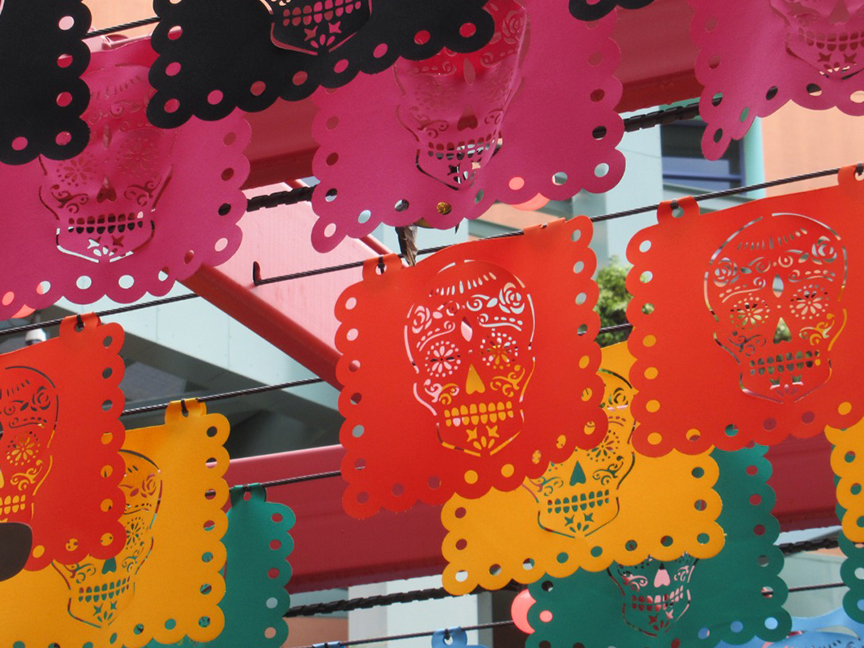
Therefore, artisans work in packages of approximately 50 sheets, depending on the design and material. Hence, chisels and hammers are among their tools for this elaboration; everything is made 100% by hand. It is used in Day of the Dead, patriotic celebrations, and fairs.
Each has different uses. For example, on patriotic holidays, the country's patriotic colors—green, white, and red, of course—are represented with peculiar and representative designs on Independence Day, such as the symbolic image of the bell, Miguel Hidalgo, commemorative phrases, the Mexican shield, the country's name, and the flag.
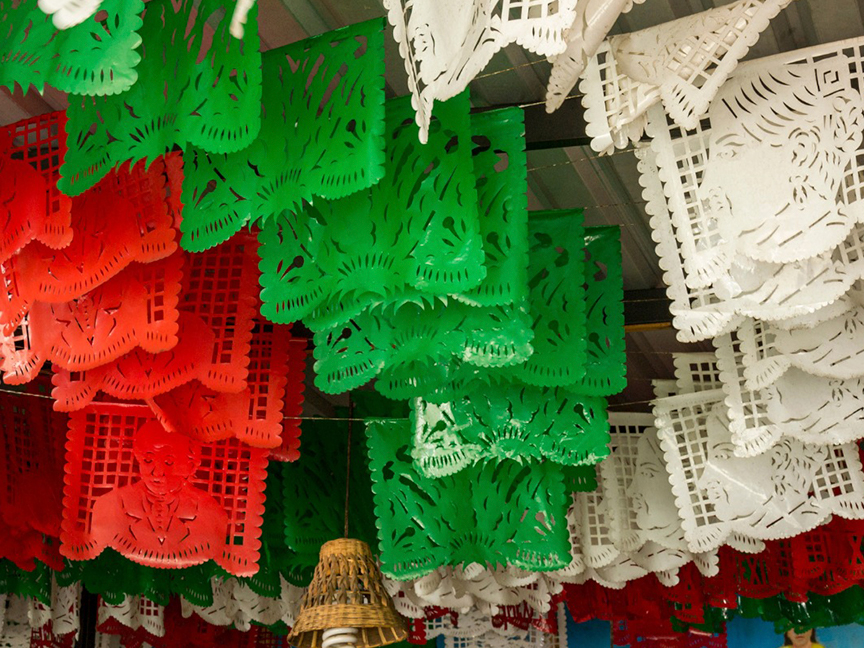
On the other hand, in the Day of the Dead celebration, representative colors such as orange, purple, blue, red, green, white, yellow, black, and pink are used. Designs and phrases engraved on the papel picado, such as skulls, catrinas, and flowers, are adorned on the altar and, of course, hung on the ceiling or the wall above the altar.
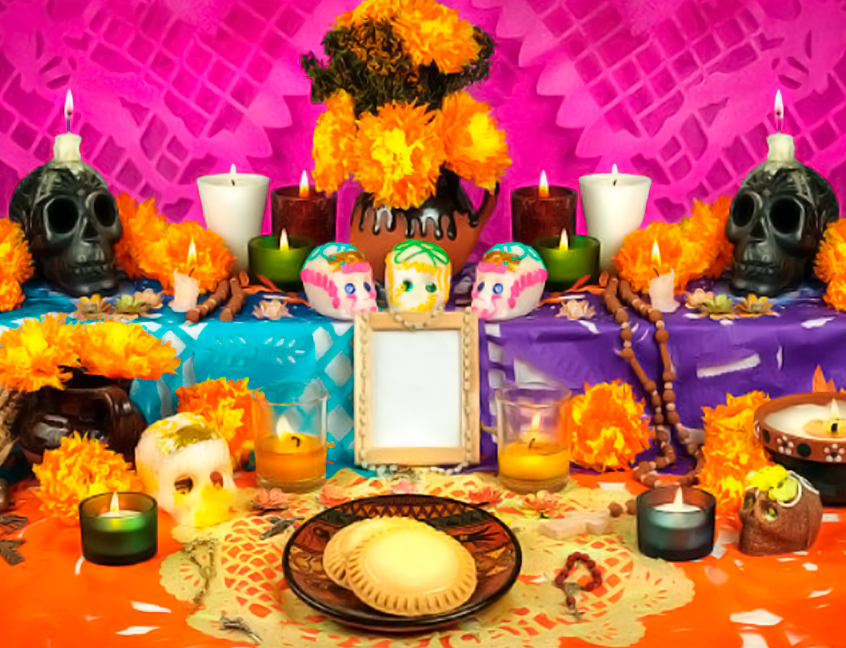
Finally, in the fairs of each town, they decorate outside their church, parishes, and streets with beautiful bright colors either to celebrate their saint or to decorate their church nicely with designs in the form of mandalas, flowers, the image of their saint, and their church.
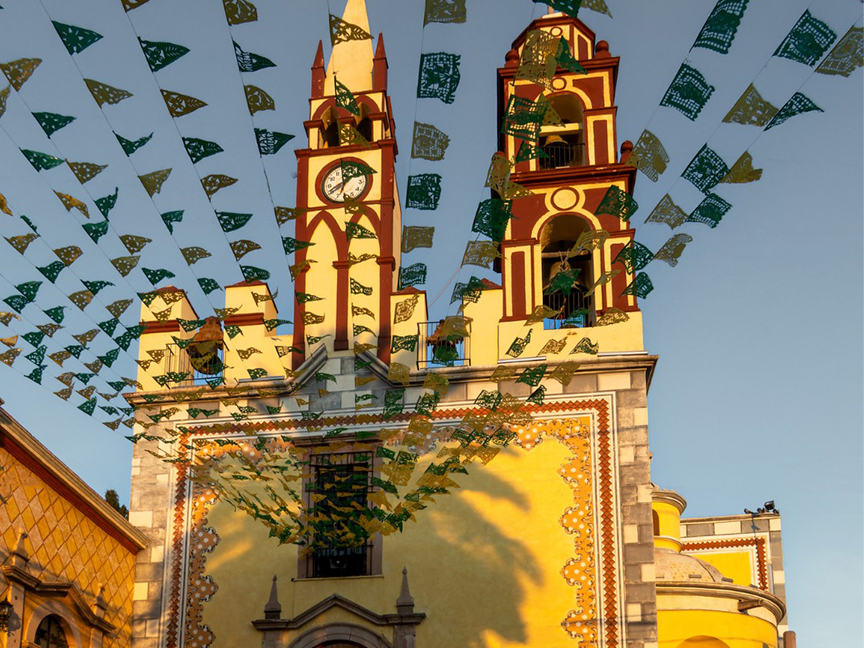
In the towns, papel picado is consumed with another material, primarily plastic (nylon); they reuse this ornament in each celebration or on any festive day they celebrate in their towns. This is an excellent way to reduce pollution and use Chinese paper.
One of the advantages it has over the use of this plastic (nylon) material is that when it rains, it prevents it from spoiling, so it is waterproof and allows it to be there all day in any weather and can last longer for that reason; it is a suitable material for this type of festivities. Also, this type of ornament is not only used on holidays but also in weddings, quinceañeras, birthday parties, and baptisms, among others, and, of course, in other colors.
Did you know that colors have their meaning?
- Orange: represents mourning and respect for the dead.
- Purple: refers to the Catholic religion.
- Blue: for people who died in the water.
- Red: represents men who died in war and women who died during childbirth.
- Green: for deceased young people. White represents the purity of children.
- Yellow: for older people.
- Black: symbolizes the underworld.
- Pink: represents Mexican soil.
These colors represent exclusively the Day of the Dead celebration, which honors our loved ones. Therefore, they are adorned in cemeteries, graves, streets, altars, and offerings.
Now that you know the meaning of these colors, you have one more reason to love this cultural tradition of Mexico!
How to make papel picado?
Materials:
- Opal paper
- China paper
- Scissors
- Cutter
- Pencil
- Marker
- Hole puncher
- Rope or thread
- Glue or stapler
- Adhesive tape

Steps:
1.- Fold your opal paper in half, then start making simple drawings if you are a beginner.
2.- Outline your drawings with a marker on all edges.
3.- Start cutting out your drawings carefully with a cutter (all cuts you make will be reflected symmetrically on the other side of your sheet).
4.- You will take your cut opal paper and place your template on top of your China paper, secure it with tape so that it does not move when you cut it again.
5.- Start cutting carefully and slowly on the China paper.
6.- Cut one centimeter from the fold at the top of the China paper.
7.- Carefully remove the tape.
8.- To make the strip, place the thread on top of your sheet at the fold mark of the edge, then put glue or staple it and so on in each fold until you achieve the measurement you want.
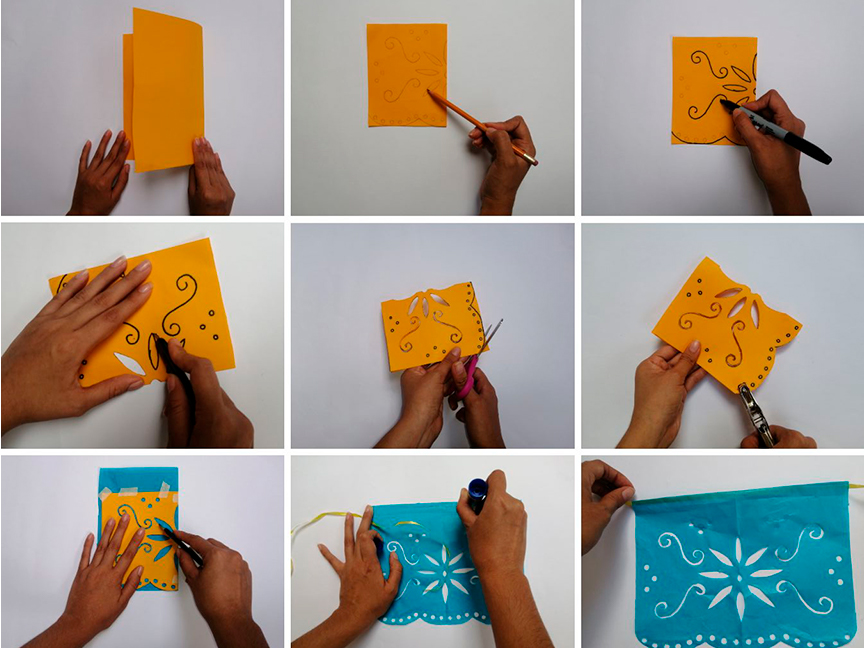
Now you are an expert in making papel picado!
Create different designs and sizes!
You can try other materials and use them with their corresponding designs and colors on any holiday!
If you would like to know a little more about the origin of culture or crafts in Mexico, you might be interested in other topics similar to this one, such as how to make a piñata and the celebrations of the Day of the Dead, one of the largest and most anticipated celebrations in the country every year.
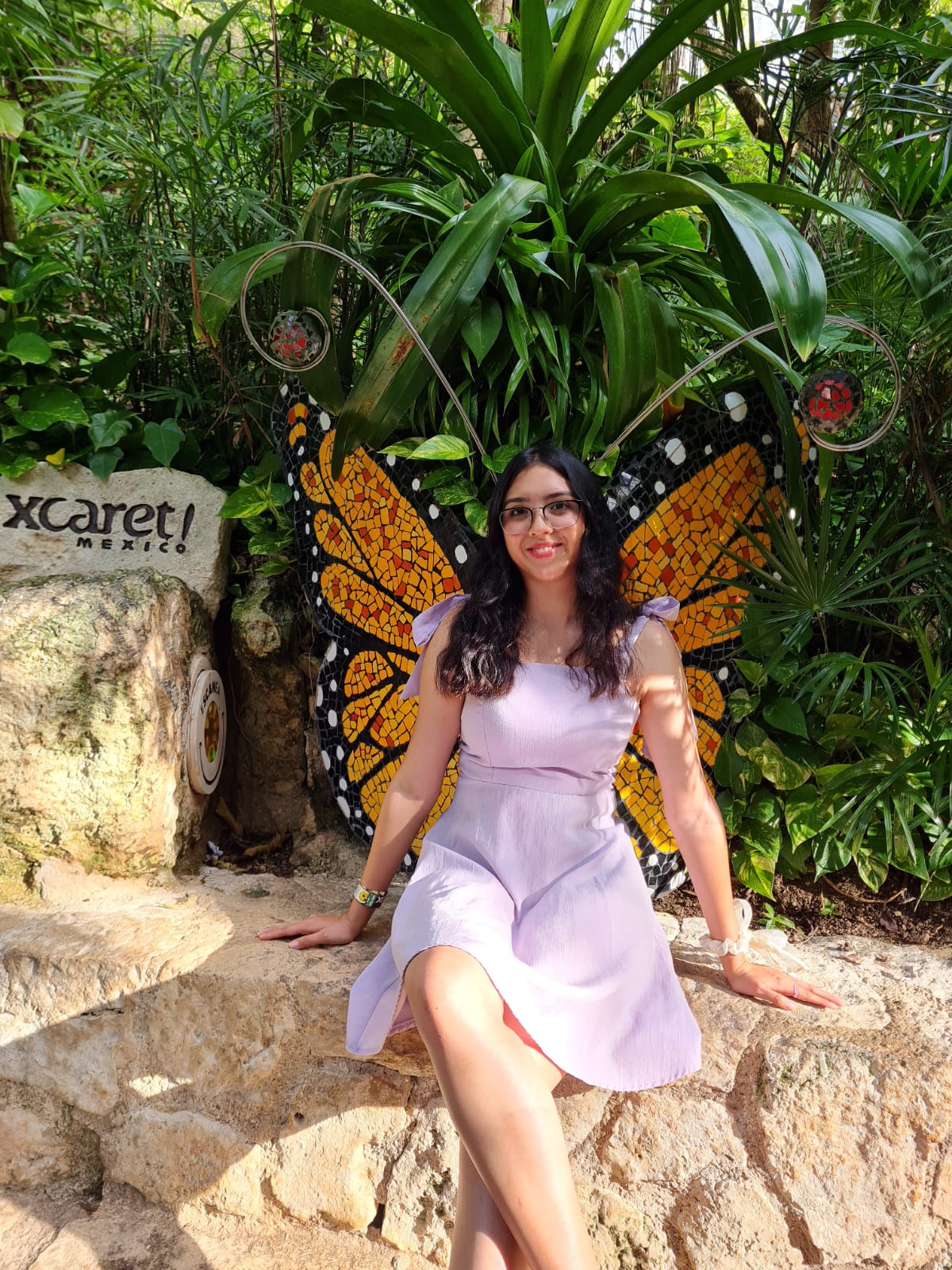
Amante del arte y la música, me encanta explorar y aprender cosas nuevas.
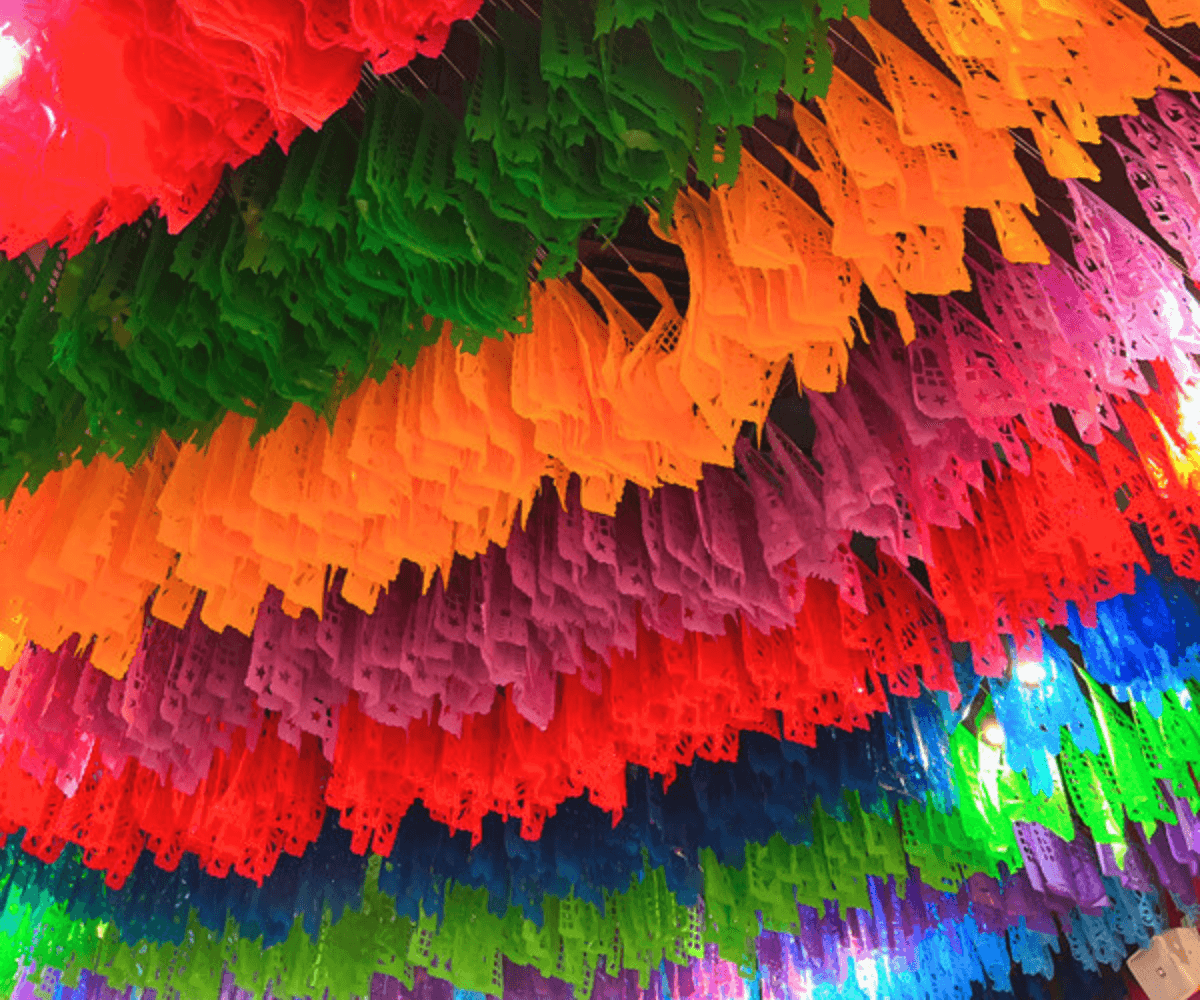
Posts Relacionados
Grupo Xcaret
Hotels






